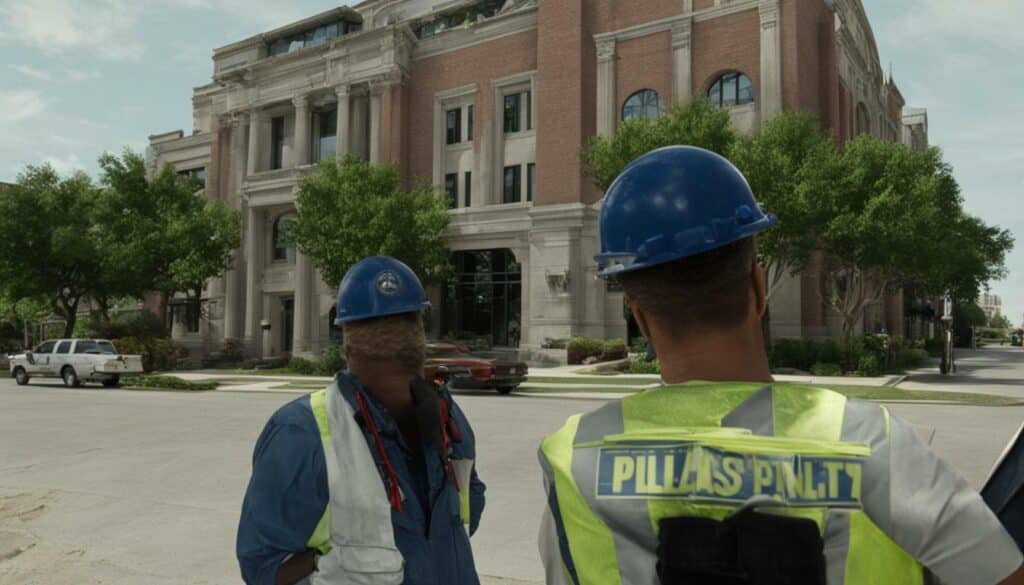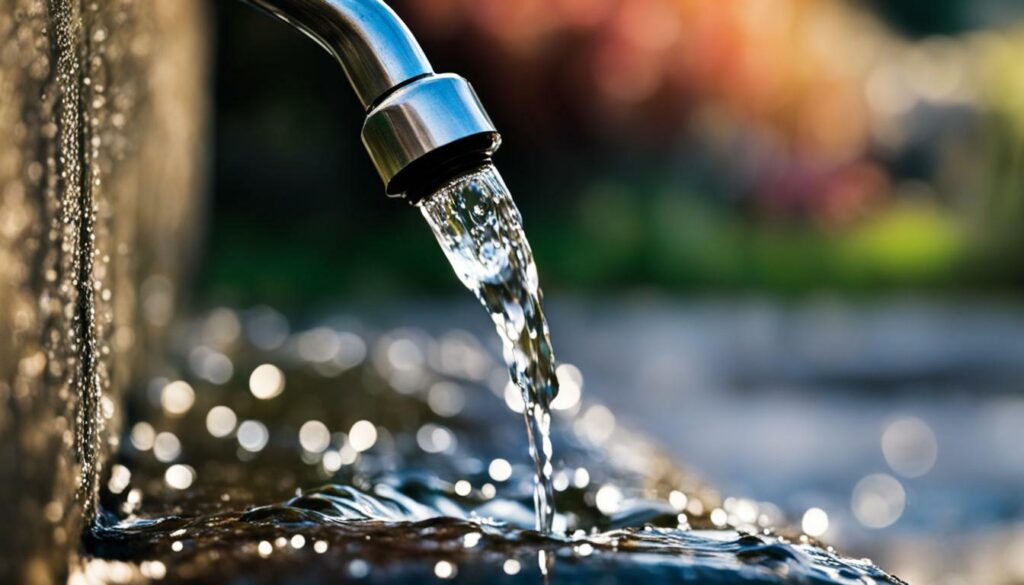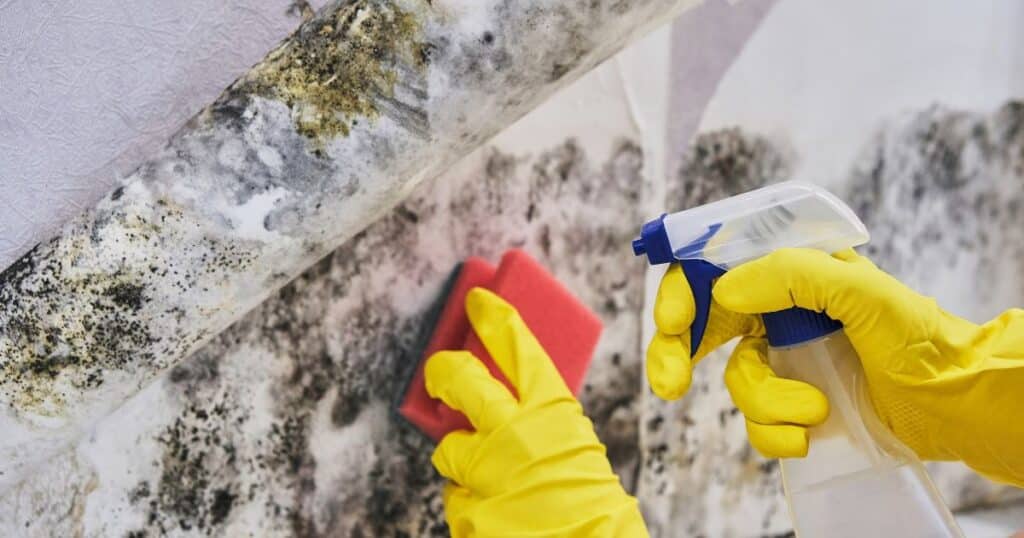
Hidden within the walls of our homes and the bustling cities we inhabit lies a network of pipes, valves, and fixtures that orchestrate a symphony of modern convenience. Plumbing, often taken for granted, has a fascinating history filled with surprising facts illuminating its vital role in shaping civilizations and safeguarding public health. From ancient Roman sewage systems to the quirky origins of plumbing terms, join us on a journey through 31 plumbing facts that will leave you marveling at the ingenuity and innovation that flows through the world of pipes and drains. Prepare to be captivated by the stories behind the inventions you never knew you relied on as we dive into the depths of a world hidden just beyond our faucets and toilets.
Plumbing Facts You Didn’t Know
1. The concept of indoor plumbing dates back to ancient civilizations like the Romans, who had intricate sewage systems. Ancient Romans pioneered advanced plumbing systems, constructing networks of aqueducts and underground sewers that allowed for water supply and waste removal within their cities.
2. The average person spends about three years of their life on the toilet: This surprising statistic highlights the amount of time individuals typically spend using the bathroom, emphasizing the significance of well-functioning plumbing in our daily routines.
3. The flushable toilet was invented by Sir John Harington in 1596 for Queen Elizabeth I: Sir John Harington’s invention marked a significant advancement in plumbing history, introducing a practical means of waste disposal and paving the way for the modern toilets we use today.
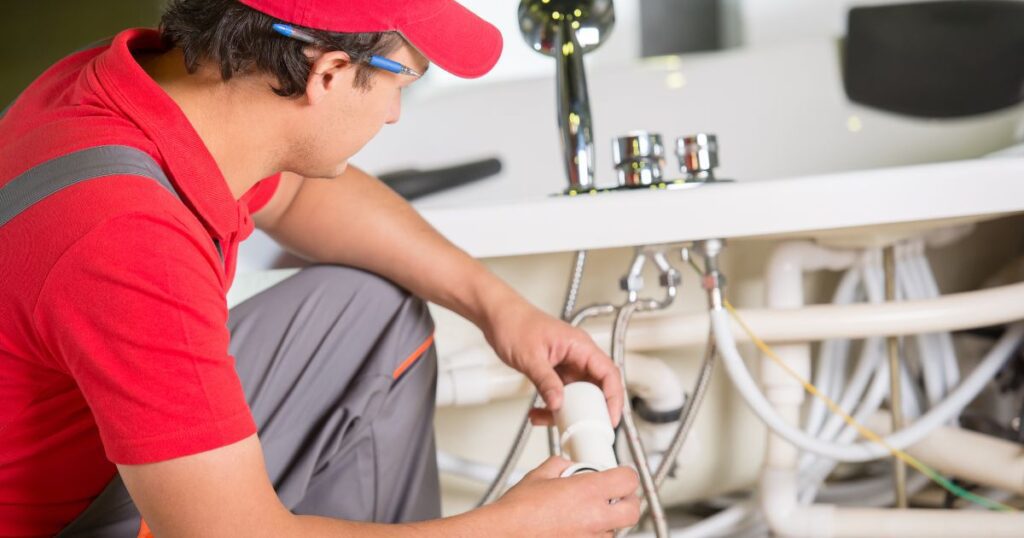
4. The first patent for the modern ballcock valve was issued in 1738 to J. F. Brondel: The ballcock valve, a crucial component in modern toilets, controls water flow to the tank. Its invention and subsequent development improved toilet efficiency and reduced water wastage.
5. A drip that wastes one drop per second can waste over 3,000 gallons of water annually. This fact underscores the importance of fixing even minor leaks promptly, as seemingly insignificant drips can accumulate into substantial water wastage over time.
6. The first fire sprinkler system was patented in 1872 by Philip W. Pratt. Philip W. Pratt’s invention revolutionized fire safety by automatically detecting and extinguishing fires, thus protecting lives and property.
7. The world’s first underground sewer system was built in Rome around 800 BC. The ancient Roman sewer system, known as the Cloaca Maxima, was an impressive feat of engineering, demonstrating their advanced understanding of sanitation and drainage.
8. The word “plumber” comes from the Latin word “plumbum,” which means lead. The term “plumber” has its roots in the use of lead pipes by ancient Romans, highlighting the historical association of plumbing with lead materials.
9. Copper piping has been used for plumbing since ancient Egyptian times: Copper’s durability and corrosion resistance have made it a popular choice for plumbing pipes across different civilizations and time periods.
10. The P-trap under sinks gets its name from its shape, which resembles a “P” lying on its side: The distinctive shape of the P-trap is designed to prevent sewer gases from entering buildings while allowing water to flow freely.
11. The first recorded use of a plunger dates back to 1739 in England: The invention of the plunger introduced an essential yet effective tool for clearing clogs and blockages in pipes and drains.
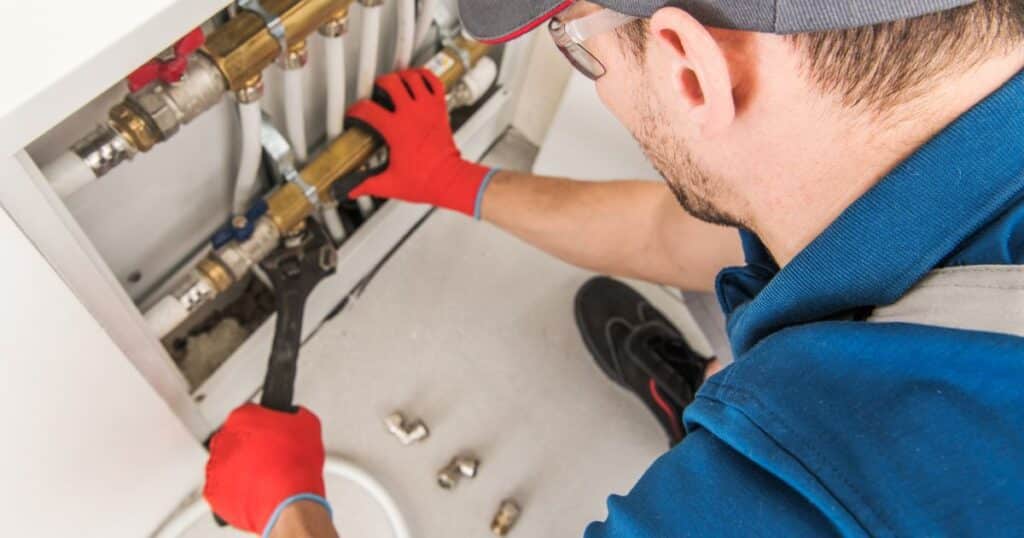
12. World Plumbing Day is celebrated on March 11th each year in the United States. World Plumbing Day raises awareness about the importance of proper plumbing and access to clean water, highlighting the critical role that plumbing plays in our lives.
13. The most common reason for a toilet to clog is flushing non-flushable items: Flushing items like wipes, paper towels, and sanitary products can lead to clogs, emphasizing the need to dispose of these items properly.
14. Water hammer is the banging noise you hear when a valve suddenly closes, and the water’s momentum causes pipes to shake. Water hammer occurs due to the abrupt cessation of water flow, generating pressure waves that create noise and potentially damage pipes if not addressed.
15. The first water heaters were developed in the 1870s. Still, they were often dangerous and prone to explosions: Early water heaters posed risks due to inadequate safety measures, underlining the importance of continuous technological advancements in plumbing systems.
16. The first fire hydrant patent was granted to Frederick Graff Sr. in 1801: Frederick Graff Sr.’s patent marked a pivotal point in firefighting technology, making it easier for firefighters to access water quickly during emergencies.
17. The concept of a sewer snake or drain auger dates back to the 1920s: The invention of the sewer snake introduced a versatile tool for removing stubborn clogs from drains and pipes.
18. The “Sanitary Plumbing & Heating Corporation” was the first plumbing company in the US, founded in 1883. Establishing the first plumbing company in the US laid the foundation for a profession that would become integral to modern infrastructure.
19. The first recorded instance of indoor plumbing in the White House was during President John Quincy Adams’ term (1825-1829). The introduction of indoor plumbing in the White House reflected advancements in sanitation technology reaching the highest levels of government.
20. A leaky faucet drips at one drip per second can waste more than 3,000 gallons of water annually. This fact emphasizes the significant water wastage caused by even minor leaks, underlining the importance of regular maintenance.
21. The first standardized plumbing code was established in New York City in 1884. Creating plumbing codes marked a critical step in ensuring uniform safety and sanitation standards in plumbing systems.
22. The first flexible braided water supply lines were introduced in the 1950s: Flexible braided supply lines replaced rigid pipes, simplifying installation and reducing the risk of leaks.
23. The world’s tallest residential skyscraper, the Princess Tower in Dubai, has over 2,000 plumbing fixtures. The enormous number of plumbing fixtures in such buildings demonstrates the complexity and scale of modern plumbing systems.
24. The world’s oldest working flush toilet is in the cellar of the Knossos palace in Crete, over 2,800 years old. An ancient working flush toilet showcases the innovative engineering of ancient civilizations.
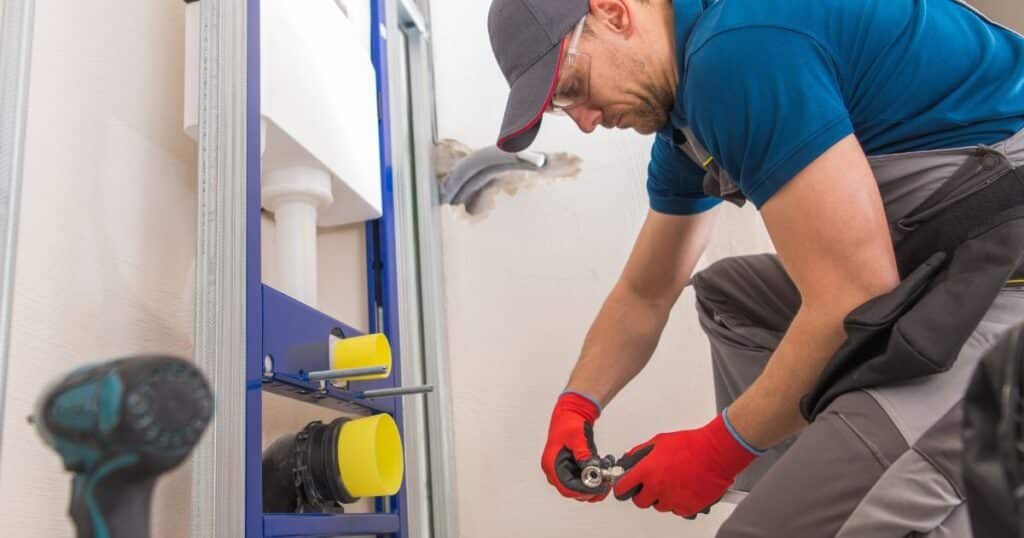
25. The term “jerry-rigged” is thought to have originated from makeshift plumbing repairs done by sailors called “jerrymen.”: The term’s origin reflects the resourcefulness needed for plumbing repairs, especially in historical contexts.
26. The first patent for a flushing toilet was issued to Alexander Cummings in 1775. Alexander Cummings’ patent laid the foundation for the design of modern flush toilets.
27. The Plumber’s Creed is an old saying in the industry: “A plumber’s reputation is at stake with every pipe he lays.”: This creed emphasizes the importance of quality artistry and the lasting impact of a plumber’s craftsmanship.
28. The toilet is often credited with saving the most lives by preventing waterborne diseases: Sanitary toilets significantly reduced the spread of diseases previously transmitted through contaminated water sources.
29. The concept of a thermostatic mixing valve that blends hot and cold water to a set temperature was developed in the 20th century. Thermostatic mixing valves enhance user safety by preventing scalding and ensuring consistent water temperatures.
30. Plumbers use various tools, including pipe wrenches, basin wrenches, pipe cutters, and reamers, to name a few. These tools are essential for multiple plumbing tasks, from installation to repair.
31. In ancient Rome, public bathhouses had lead pipes for water distribution, believed to have contributed to lead poisoning among the population. Using lead pipes in old plumbing systems highlights the unintended health risks of certain historical plumbing practices.
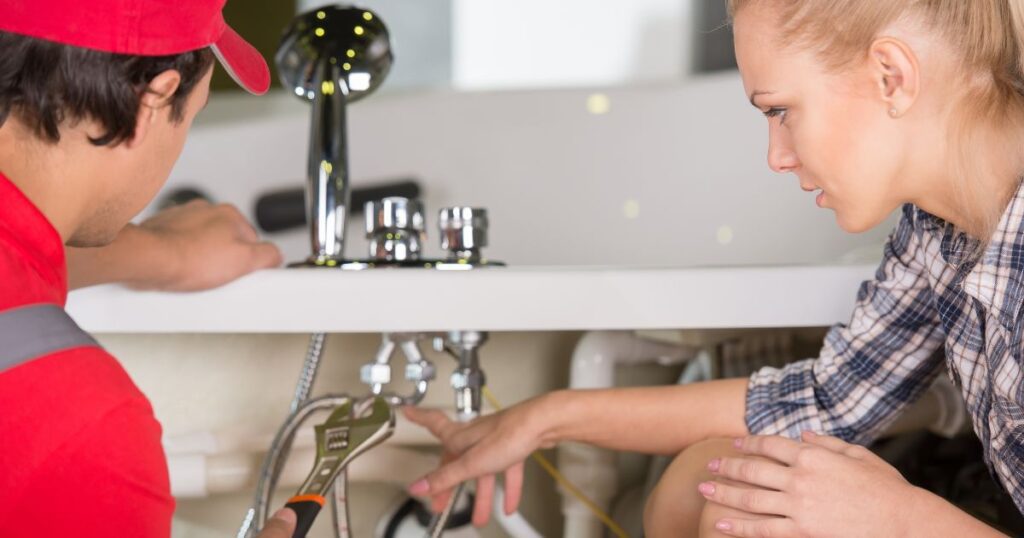
Conclusion
As we conclude this exploration of the lesser-known world of plumbing, we’re reminded that a rich tapestry of history, innovation, and everyday wonders lies beneath the mundane tasks of flushing toilets and turning faucets. From the ancient engineers who pioneered underground sewers to the modern inventors who revolutionized water conservation, plumbing has shaped our lives in ways we often overlook. These 31 plumbing facts shed light on the intricate systems that deliver clean water, remove waste, and safeguard our well-being. So, the next time you turn on the tap or enjoy a hot shower, take a moment to appreciate the unsung heroes of our homes—the pipes and fixtures that keep our world flowing smoothly.

